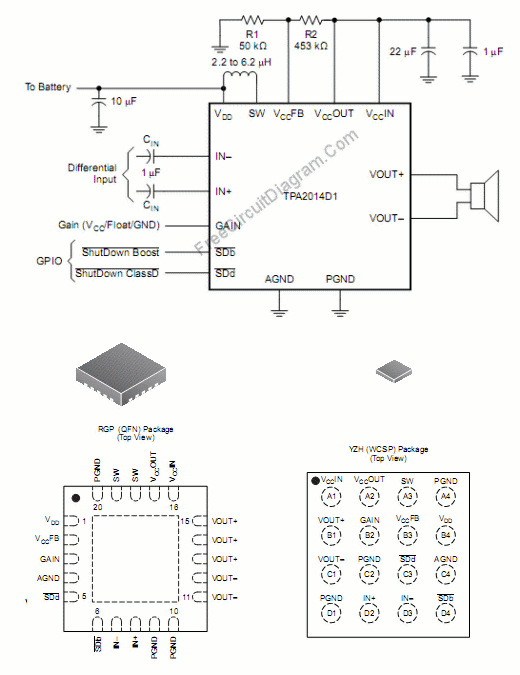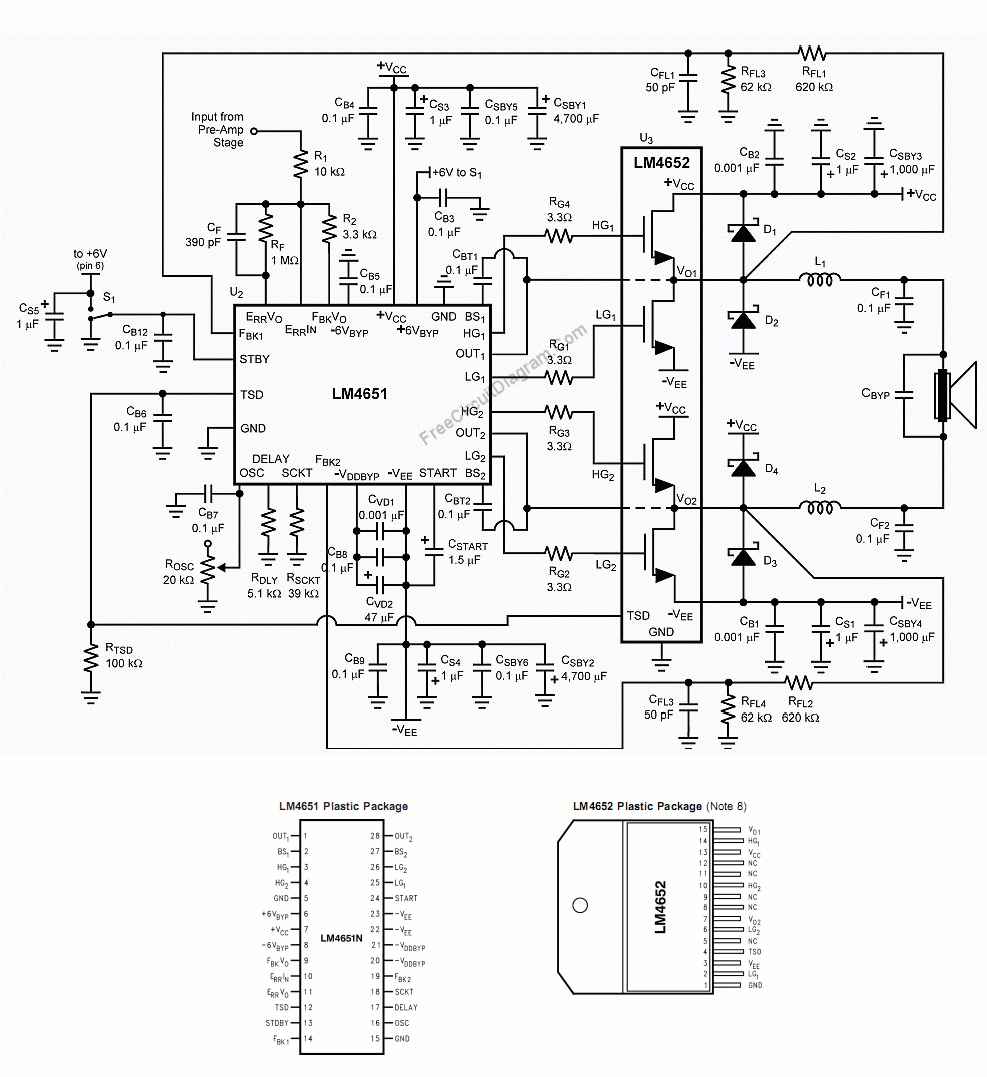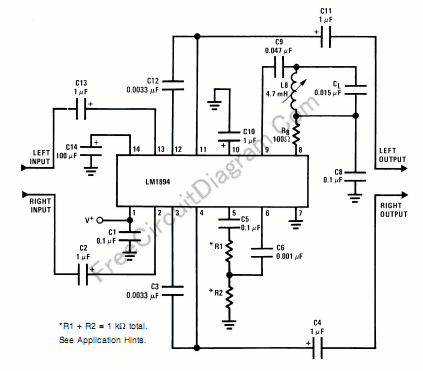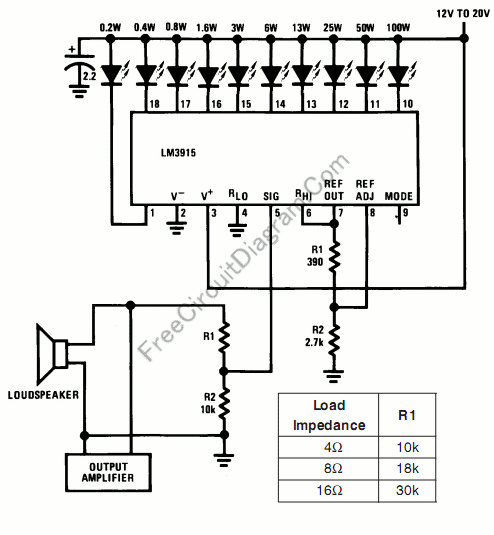3-Band Graphic Equalizer Circuit
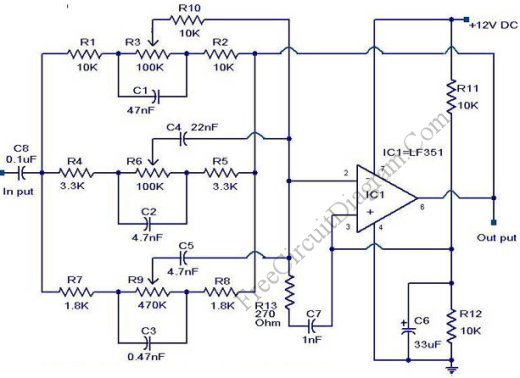
Unlike the 10-band graphic equalizer in our previous circuit that use a gyrator circuit, this 3-band graphic equalizer circuit uses Baxandall topology, similar with the Baxandall tone control but with additional mid frequency control. The figure below shows the schematic diagram of the circuit. The operational amplifier employ an LF351 IC chip, but any low noise op-amp will be suitable […]
Read more